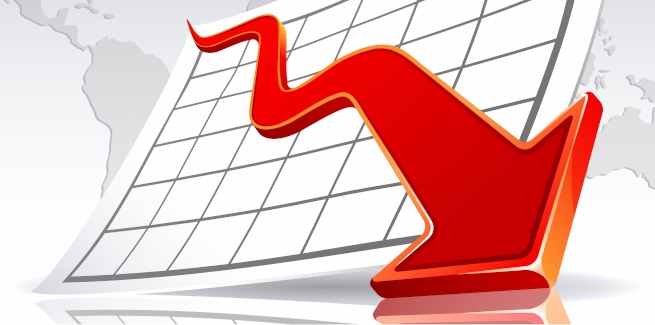The latest findings from Roy Morgan’s Single Source Survey of approximately 10,000 owner-occupied mortgage holders has revealed that 8.9 per cent of borrowers (which Roy Morgan estimates equate to 386,000 Australians) have been identified as having little or no real equity in their home, up from 8 per cent 12 months prior.
Roy Morgan’s industry communications director, Norman Morris, warned that the trend represents a “considerable risk”, particularly if property prices continue to fall and mortgage rates rise.
“Other potential contributing factors to this increase in mortgage stress include borrowers maintaining debt for other purposes rather than paying off their loan and the use of interest-only loans,” Mr Morris added.
“If home loan rates rise, the problem would be likely to worsen as repayments would increase and house prices decline, with the potential to lower equity even further.”
The Roy Morgan research follows recent comments from the Reserve Bank of Australia (RBA) in its Financial Stability Review, in which it raised concerns about a continued decline in housing values.
“Falling housing prices increase the chance that recent purchasers could see their property value fall below the value of their loan (negative equity),” the RBA said.
“This would make it more difficult for borrowers struggling to repay their loans to resolve the situation by selling the property.
“Falling housing prices also reduce household wealth, which can weigh on consumption and affect the broader economy.”
However, the RBA claimed that the declines in housing prices have “not been large enough to have significantly increased these risks”.
The research also revealed that, on a state-by-state basis, the highest number of borrowers with little or no real equity were from Western Australia (16.5 per cent), followed by South Australia (12.1 per cent), Queensland (9.6 per cent), Tasmania (7.0 per cent), Victoria (6.8 per cent) and NSW (6.1 per cent).
“The mining boom and associated increase in housing demand and house prices in WA, followed by the slowdown in the mining sector in WA, and a decrease in house prices continue to see it having the highest proportion of mortgage holders faced with little or no equity in their home,” Mr Morris continued.
“If house prices decline further in WA and unemployment increases, then more mortgage holders will be facing a tough situation.”
Lower-value homes face greater equity risk
Further, the research found that mortgage holders with little or no equity in their homes have much lower average house values ($522,000) compared to all mortgage holders ($802,000).
Roy Morgan noted that, across all states, the overall value of homes with a mortgage is much higher than the value of homes owned by mortgage holders with no real equity in their home.
In NSW, for example, the research found that the average value of homes with a mortgage is $1.06 million, compared with $737,000 for mortgage holders where the value of their home is less or equal to their outstanding debt.
“Borrowers in lower-value homes continue to be among the most likely to be faced with the problem of little or no equity in their homes,” Mr Morris said.
“Higher-value properties with a mortgage appear to be facing a much less risky position because they are likely to have had their loan longer and may have had a far larger deposit, particularly if they have traded up.”
Mr Morris concluded: “Although the majority of Australians with a mortgage have considerable equity in their home, the current trend is down in most areas, and as a result, there is likely to be an increase in the number of home loan borrowers with little or no real equity in their home.”
[Related: Over half of Aussie ‘burdened’ by their mortgage]

